More often than not, ants are beneficial for the garden. They help you get rid of common pests such as wireworms and caterpillars and also aerate the soil.
Ants also act as decomposers and aid in breaking down dead insects and leaves to nourish the earth.
Greenhouses are just as attractive to ants as garden beds and potted plants are.
Aphids, in particular, are sap-sucking insects that are drawn to nectar. You can find them in most plant stems and ants farm aphids because of their sweet secretion called honeydew.
Ants allow aphids to thrive and endanger your crops.
Note that some ant species can cause direct damage to plants or cause a painful sting to humans, such as leafcutter ants, carpenter ants, and red fire ants.
The best thing you can do is to act early to prevent them from invading your greenhouse. If it’s already too late, there are many natural ways to get rid of them.
- Related article: Are Ants Bad for Plants
In this article, we will explore some of the most useful ones.
Why Are Ants Entering the Greenhouse?
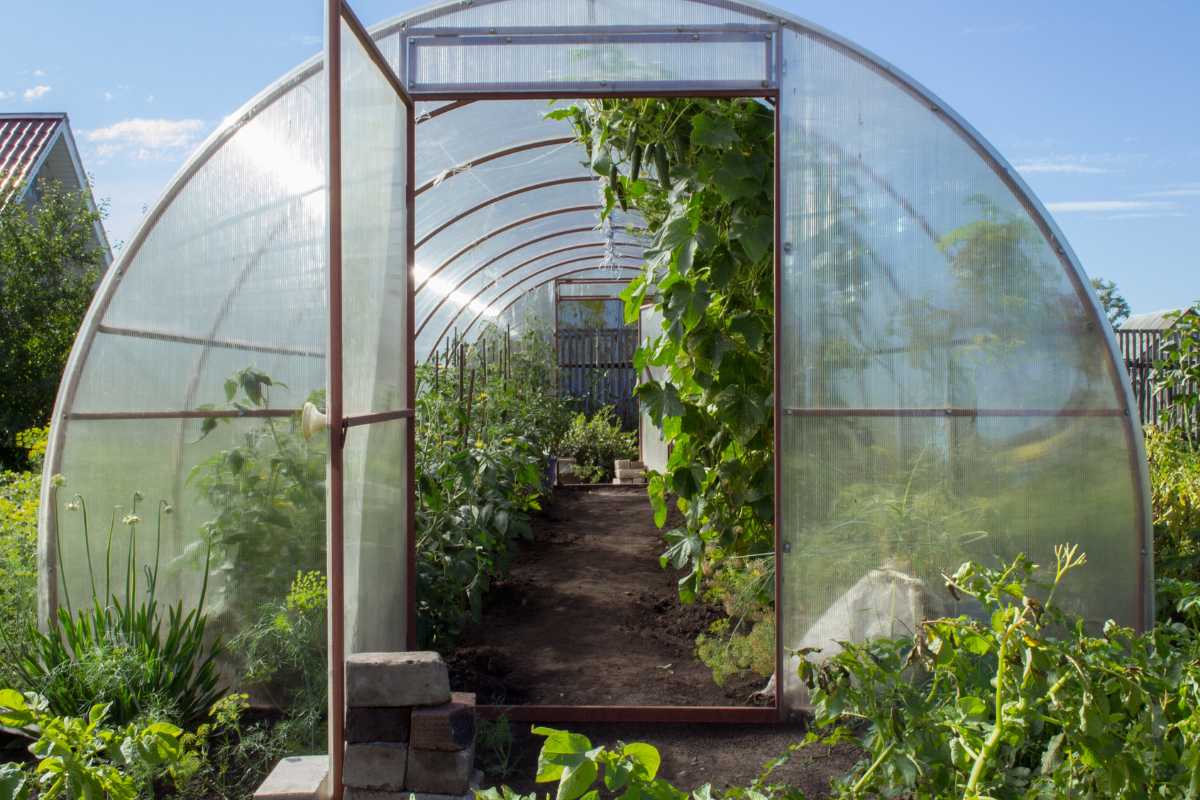
Most often, ants invade greenhouses in the spring. This is when worker ants become active and start foraging for food. If you’re growing flowers or plants with oily seeds, ants will most likely be attracted to them.
Some examples of plants they love are buddleia, cyclamen, cabbage, heather, meconopsis, primula, radish, rhododendron, and viola.
Ants are attracted to sugary substances as well, so they protect sap-sucking insects such as mealybugs, scale, and above all, aphids.
Aphids are insects that suck the sap from plants and excrete honeydew. This sticky substance is extremely sweet and nutritious. If you see ants on the leaves and stems of your plants, aphids are likely on them.
Aphid honeydew is also an ideal breeding ground for certain kinds of molds that can cover the leaves of your plants and prevent them from photosynthesizing.
Another reason why ants could also be attracted to your greenhouse is if they find a favorable environment to build their ant nests. They like soft, dry environments where they can easily dig the tunnels that will house their colony.
Sometimes, this can be beneficial as it aerates the soil. Other times though they can disturb the roots of plants, and cause them to die.
Foliage in plant pots is particularly susceptible to this problem, as they tend to dry out rather quickly.
How to Get Rid of Ants in the Greenhouse
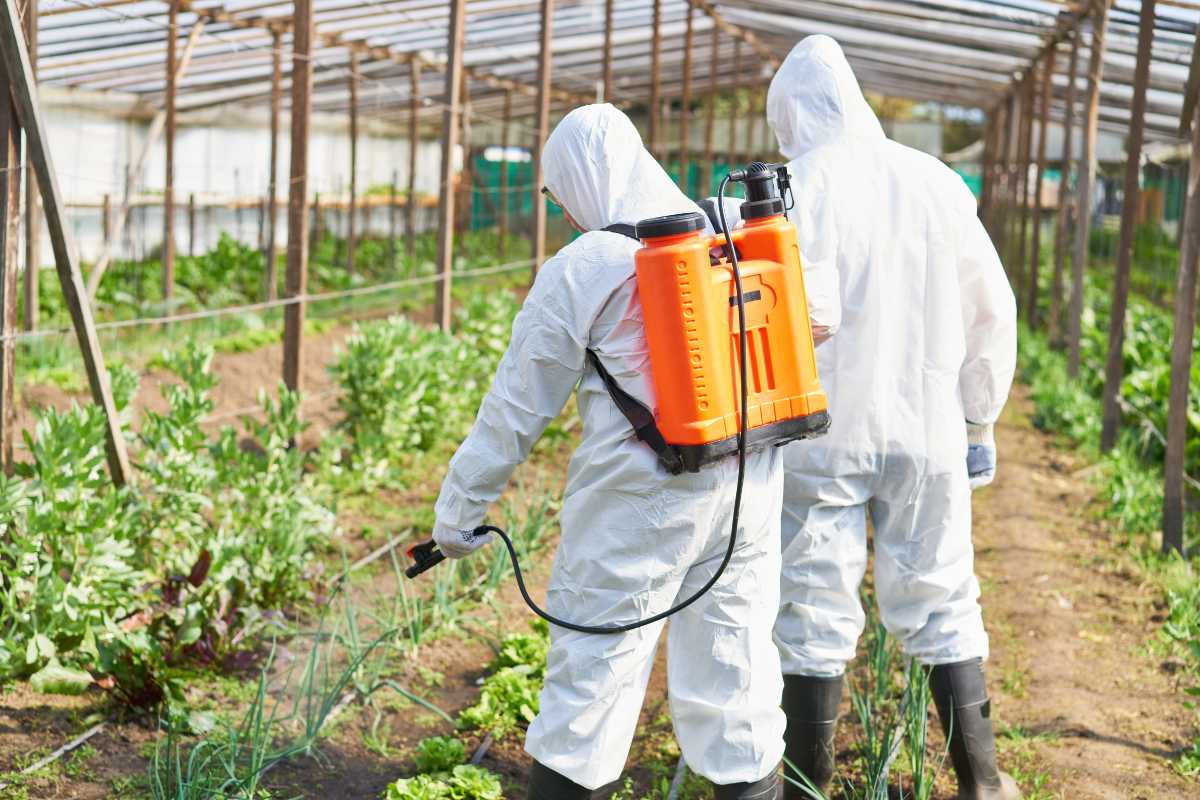
While the use of chemical insecticides is the easier and faster way to provide you with a solution, it is not particularly the best one.
1. Cold Water
Pouring cold water directly on the ants or on their nests will disturb them, but it won’t usually kill them. It should be repeated often so that after a while these insects will decide to move somewhere else.
Many advise using boiling water, but others warn against this, as it could scorch the ground and open up the way for the growth of annoying weeds.
2. Insecticidal Soap
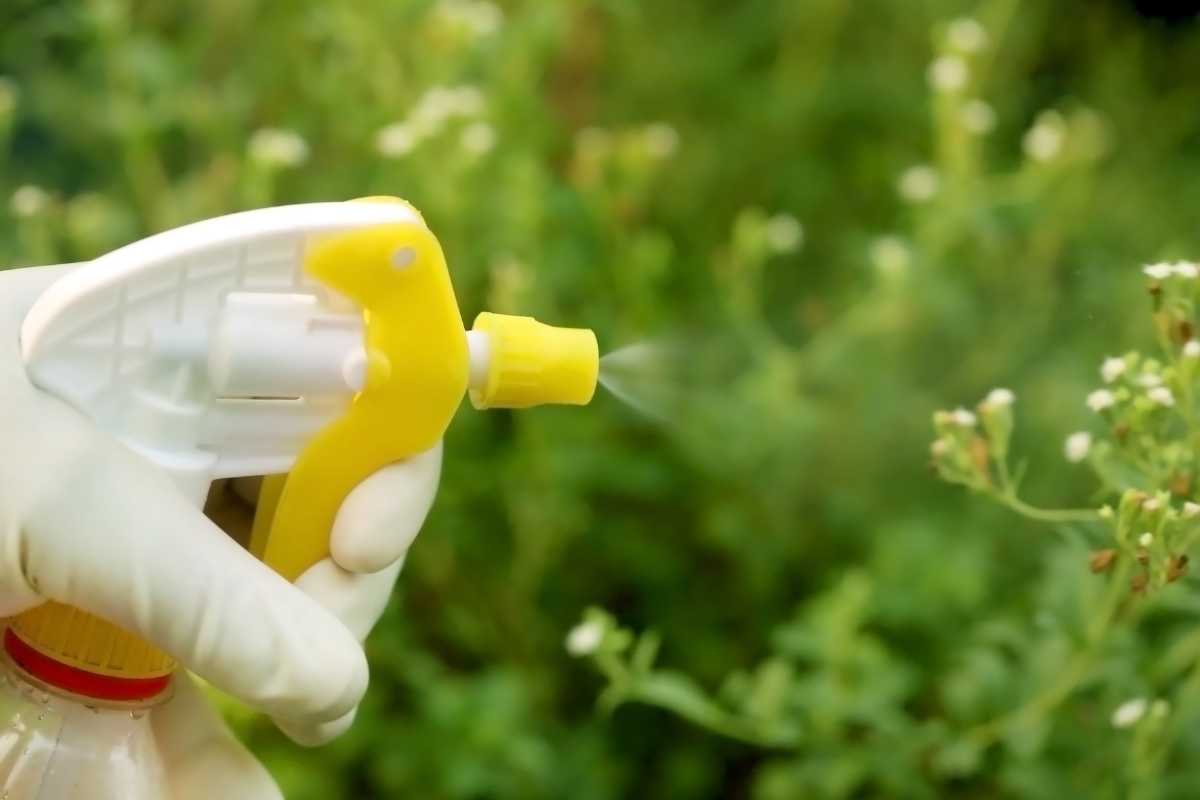
This should be sprayed directly on the ants and also around areas where you’ve seen them. Most insecticidal soaps contain orange or peppermint oil, which is harmful to ants.
3. Bait Stations
There are specific traps designed to bait ants with a sweet substance mixed with poison such as boric acid. It won’t work immediately, because the purpose is to let the ants carry the product back to their nests, where they will poison the entire ant colony.
4. Natural Insecticides
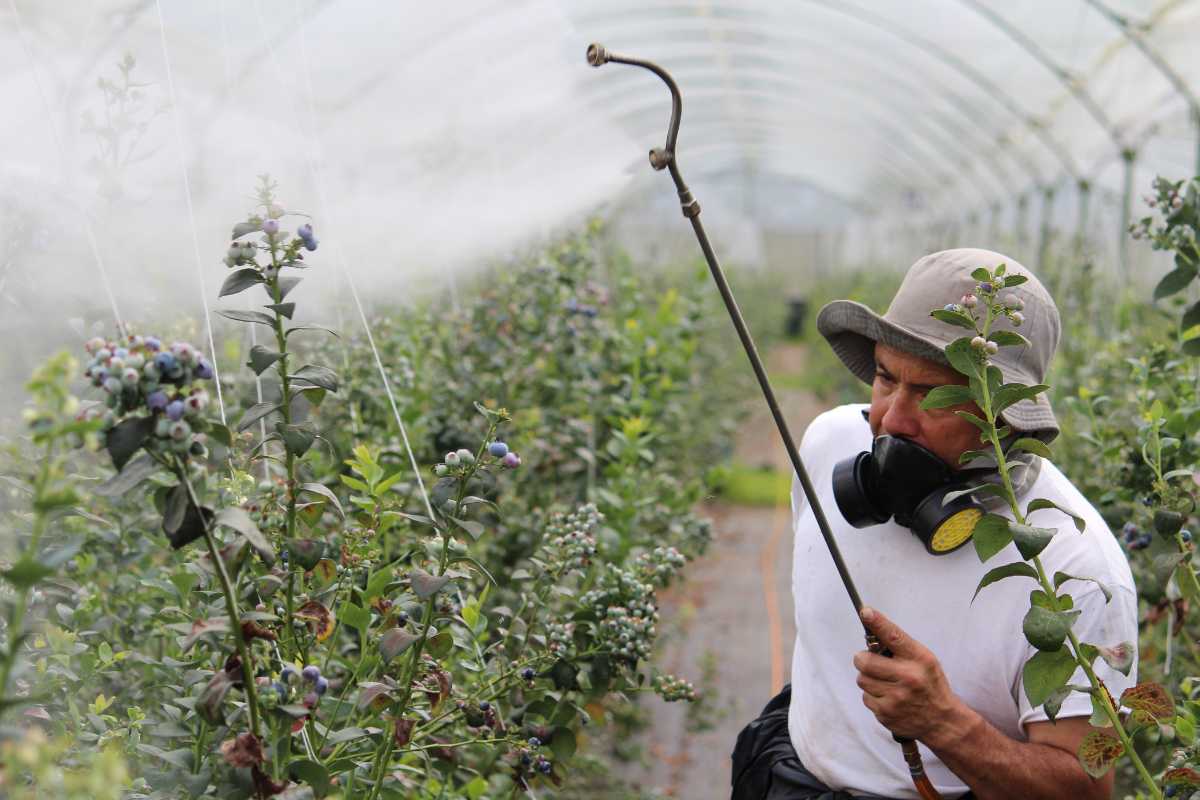
There are several insecticidal products that you can choose from in garden centers or online.
However, do scan their ingredients as most of them contain toxic substances that is not good for both humans and the environment alike.
Natural insecticides are usually less dangerous but are just as effective.
5. DIY Spray With Dish Soap
Making a mixture of dish soap and warm water works really well to kill ants, as it suffocates them. Soapy water also breaks their natural water resistance and makes them sink.
As effective as this may sound, you should use this option as a last resort. Soapy water can cause more issues to your garden experience than ants.
An effective insecticide can be made by following this recipe: one gallon of water with ¾ cup of orange essential oil, one tablespoon of molasses, and one tablespoon of liquid dish soap.
6. Get Rid of Pests
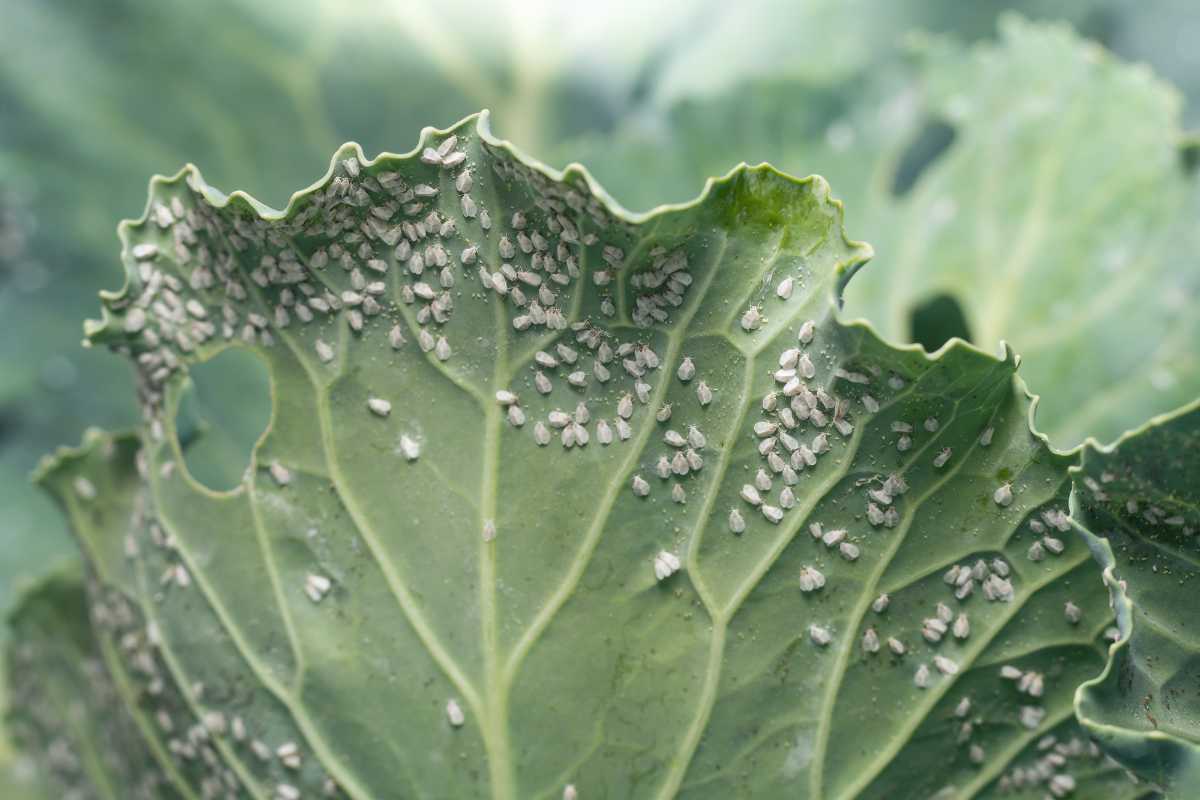
If ants are in your greenhouse because they’ve been attracted by aphids or other insects, the best way to get rid of them is to take care of these frustrating pests first. Otherwise, the ants will keep coming back.
Aphids can be killed in a variety of ways, for example using insecticidal soap or horticultural oil. You can also blast them off with water to dislodge them from your plants.
How to Prevent Ants From Entering the Greenhouse
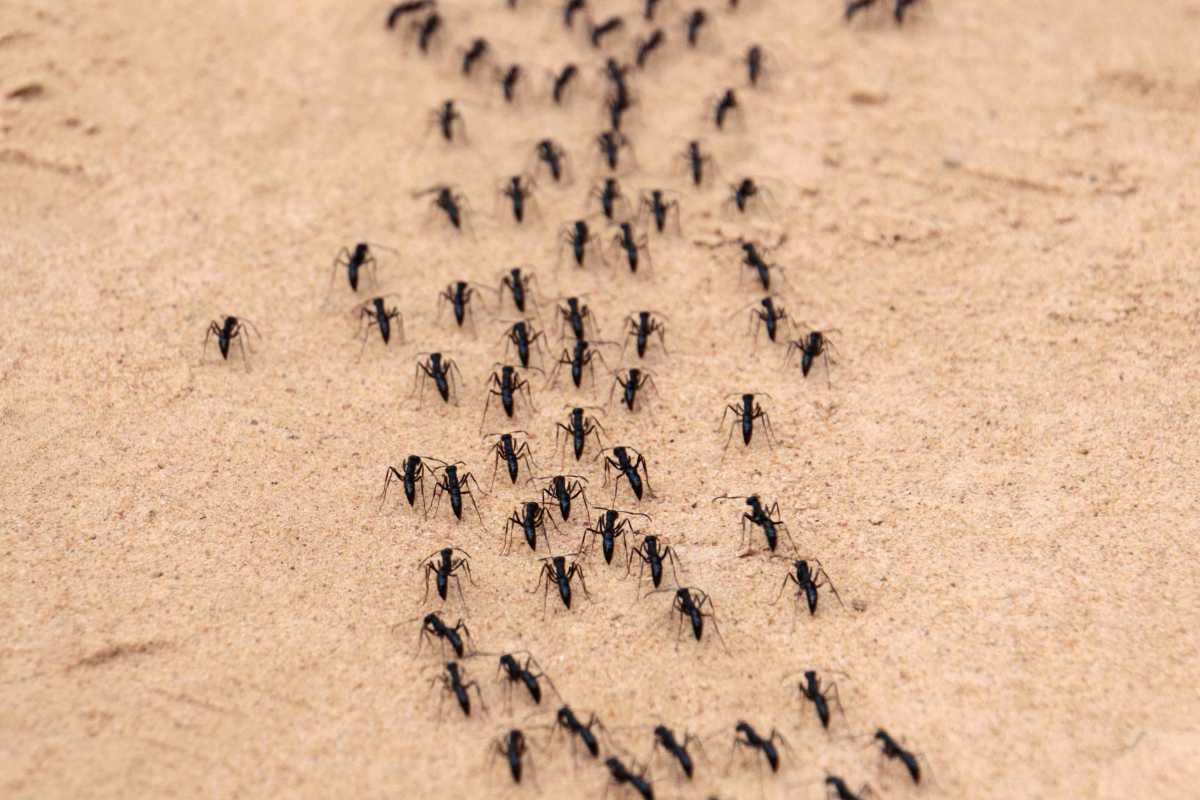
Always plan ahead! If you think about how to control ants before the spring season comes, you can use methods to stop them or deter them from entering your greenhouse.
This is usually much easier than having to deal with an infestation that’s already in progress.
1. Block Entrances
The first step to avoid ants and other insects from entering your greenhouse is to seal all possible cracks in the frame. Take some time during the cold season to do this and you will reap the benefits all spring and summer long.
2. Keep Your Greenhouse Clean
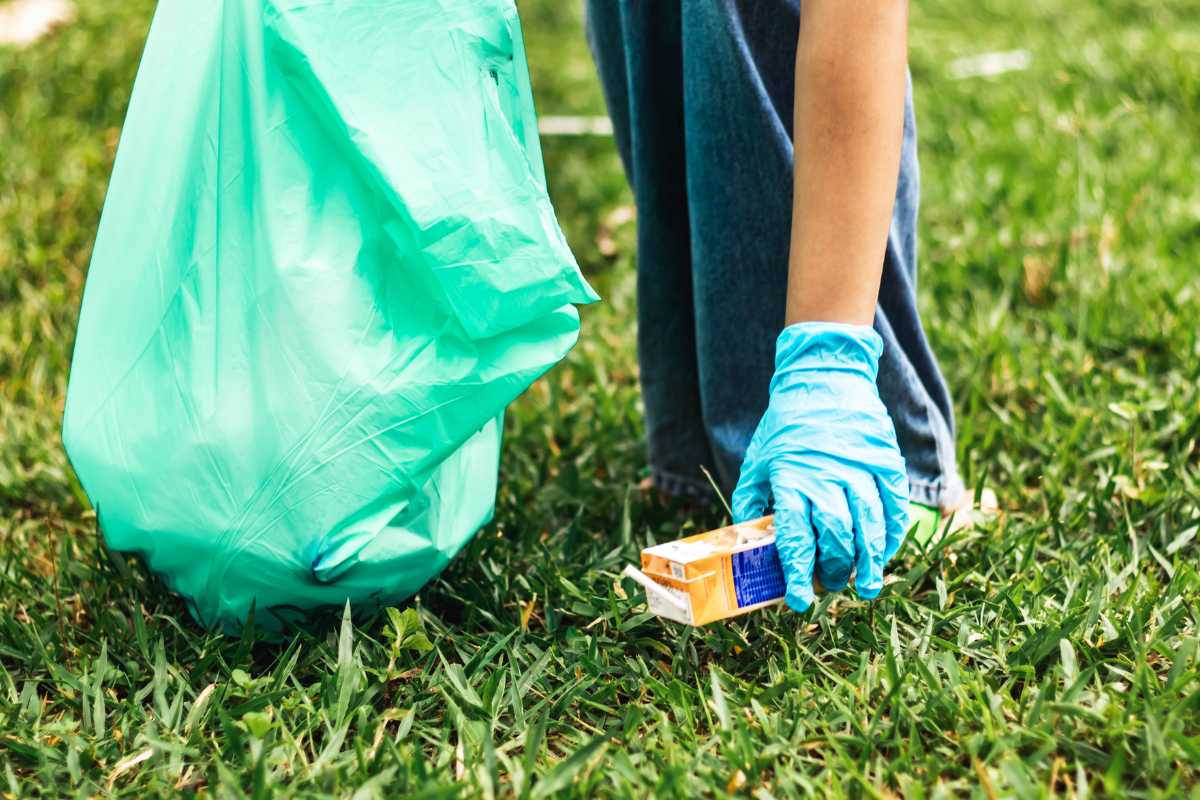
By ensuring the cleanliness of your greenhouse, you will lessen the possibility of ants finding food or discovering suitable places to build their nests, such as loosened plants.
3. Water Well
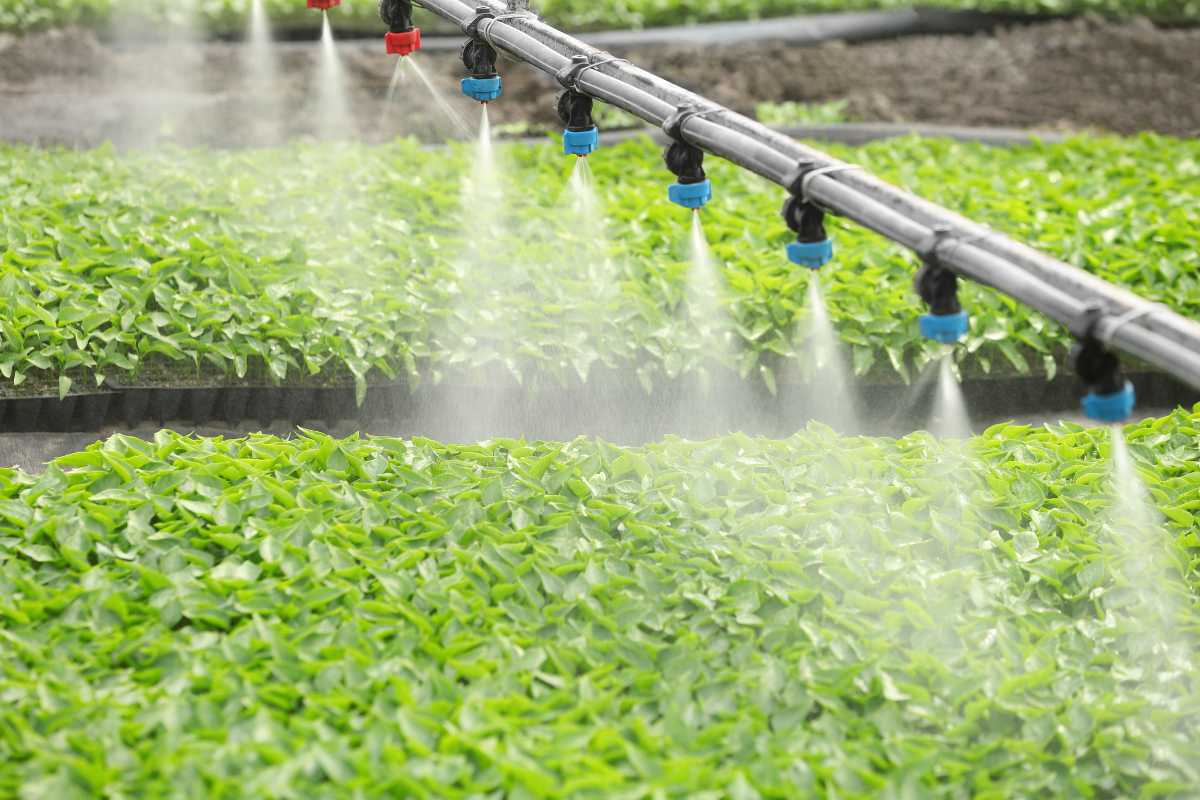
Ants prefer dry soil to build their nests. By keeping your soil moist, you will deter them from colonizing your space. Wash your plants often with water to get rid of pests that might attract ants.
4. Install Ultrasonic Pest Repellents
This is a very easy and effective method to repel ants without killing them, but of course, you can only use it if you have electricity in your greenhouse.
5. Use Repellent Substances
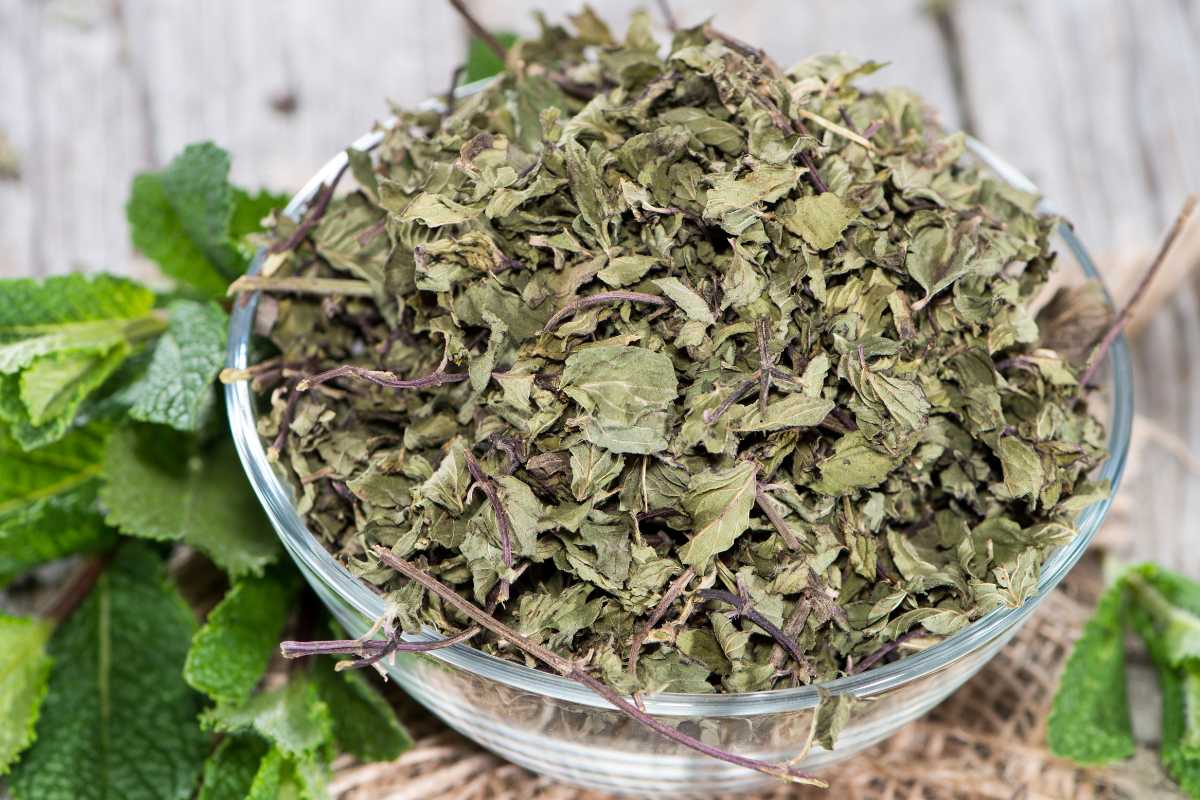
Many plants have the ability to repel ants with their strong aromas.
You can use this to your advantage by spraying solutions made with lavender, peppermint, clove, vetiver, tea tree, or fennel essential oil with water on the structure of your greenhouse.
You can also try surrounding the perimeter of your greenhouse with ground cinnamon and coffee grounds.
Placing dried mint leaves, black pepper, cayenne pepper, lemon juice, cucumber slices, or garlic cloves near potential entry points also work well in deterring ants.
These are all substances that could deter most ants and be completely useless against other pests, so you should test them one at a time to see what works for you and your garden.
A very effective solution is a mix of white vinegar and water to be sprayed around the greenhouse.
Final Thoughts on Getting Rid of Ants in the Greenhouse
Ants contribute largely in keeping the balance of an ecosystem intact through soil aeration, pollination, the spread of seeds, decomposition, and the elimination of common garden pests.
However, they can be a nuisance when they become infestations in greenhouses. Some ants even go to the extent of building their nest in a compost heap or bin.
Fortunately, you can incorporate simple but effective methods in your garden routine to help rid your space of ants.
This includes the use of DIY sprays, blasting aphids on plant stems with water, using repellent substances, and keeping your greenhouse tidy.
With a bit of knowledge and effort, you are well on your way to building a space that is safe for your greenhouse plants!
If getting rid of ants on greenhouses is something that piqued your interest, here are other articles that you might want to check out:
Sources:

